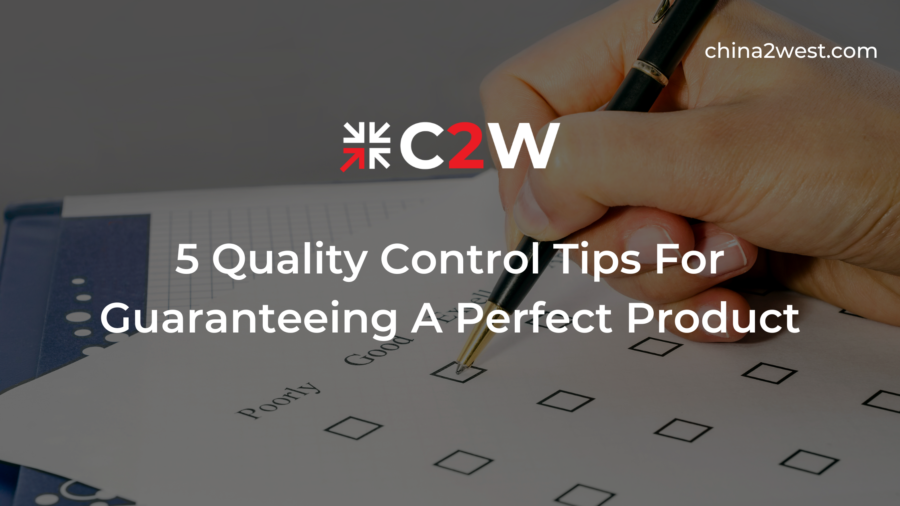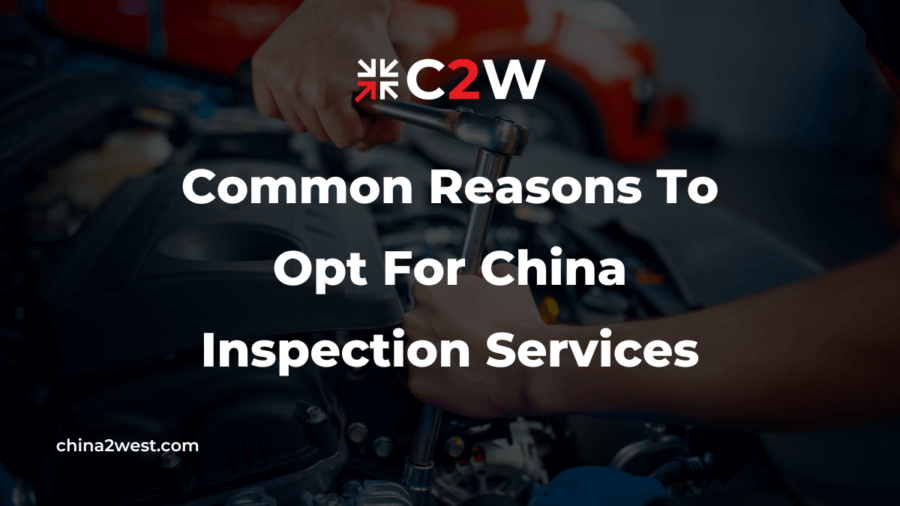The quality of your product can make or break your business, especially if you’re selling something physical. If customers get their hands on your product and it’s not up to par, they may not come back, and word will spread fast about your lack of quality control! However, if you pay attention to the five tips in this article about how to guarantee quality control, you’ll be able to avoid these mistakes and maximize the reputation of your business.
1) Use Raw Materials from Trusted Sources
When it comes to quality control, raw materials are you first key to success. To make sure you’re using the best of the best, always make sure you’re sourcing from a trusted supplier. If you are unsure about where to find one, this is how you can get started:
Look up reviews on different suppliers and see which one has the most positive feedback from their customers. See what types of certifications each supplier has and which ones they don’t offer so that way you know who to work with depending on what needs your company has.
China is a great source of raw materials for its natural possession. The country offers many things such as fabrics, plastics, chemicals, clothing and even food! There’s really no need to worry because you’ll be able to find everything there. The most distinguishing part is that they are all reasonably priced!
2) Take Necessary Precautions Against Outside Influences
Outside influences can have a huge impact on your product. It’s important to take precautions against these and make sure that the quality of your product is not jeopardized by any external forces.
You should examine your suppliers closely, getting to know them on a personal level. You can even ask to see their factories and visit them yourself. Doing so is a great way to get an in-depth understanding of where your materials come from, as well as how they are produced. It will also give you peace of mind, knowing that you’re dealing with reliable people who won’t let outside factors affect the quality of your products.
It’s also important to carefully consider where you will be storing your product once it is finished. You want to make sure that it will be in an environment where no outside factors can impact its quality, so find a space that is temperature-controlled and has good airflow. Consider where you’ll be shipping your product as well, and how long it will take to get there. These variables can cause shifts in humidity and temperature that can damage your products or compromise their quality.
3) Test, Test and Test Again!
The best way to guarantee a perfect product is by testing, testing and then testing again. When you go through the entire design process, from inception to execution, you should be constantly thinking about how you can make your product better. This means that every time you get an idea for something new or fix a problem with your current design, it’s important to get feedback and test it out right away. You never know when a small change could lead to big improvements in your product.
A lot of times people will wait until they’re finished making their design before getting any feedback. The problem with this approach is that if the changes you’ve made have made things worse instead of better, it might be too late to go back and fix them without having to scrap the whole project and start over.
By testing as you go, you’ll find problems much earlier on in the process so they can be addressed before it’s too late. In addition, if someone else sees potential where you don’t see it, they may have ideas to improve upon what you’ve done so far and push your design further than it would have gone on its own.
4) Create A Sustainable System for QC Protocols
It is important to maintain a system for quality control protocols that works for you and your company. Having an effective system will allow you to make sure you are meeting customer’s expectations, as well as ensuring you produce the best product possible. The sooner you catch an issue, the better chance there is of fixing it before it becomes worse. That way, customers will receive the highest quality products with minimal risk of breakage or defect.
It’ll be easier for you as well if you develop a QC system that can last. There are two types of quality control systems: proactive and reactive.
With proactive, issues are caught before they become larger problems. If a product has been created with this type of system in mind, then you’re less likely to have negative feedback from customers about any manufacturing errors.
With reactive systems, on the other hand, errors are discovered after they’ve already been put into play. In some cases, mistakes can’t even be corrected once they’re brought up during reactive checks because by then it’s too late to change anything about the original product! When developing your own QC protocol system, know which one will work best for you so that every process is executed properly and efficiently at all times.
5) Know What Constitutes an ‘OK’ Outcome
It is important to know what constitutes an OK outcome when it comes to quality control. This will help you both set your expectations and see if you are on the right track with your product development.
You should know what criteria will be used to evaluate a ‘good enough’ product – This is perhaps one of the most difficult aspects for manufacturers to figure out. There is no way around it though, you need to know where your standards are in order to exceed them. It could be a value based decision (lowest price), appearance (lowest weight), performance (lowest energy use) or any other number of things.
If your quality control manager isn’t helping you understand what makes a good outcome, there are lots of online resources that can help with suggestions and training exercises. An experienced QC team can help you set it straight.
China 2 West Is One You Can Trust
China 2 West has been a trusted supplier for over 17 years and we have an impeccable track of quality and timely delivery. Our QC team will be happy to provide you with our expertise and large network of suppliers to ensure your ideal product. Contact us today!




